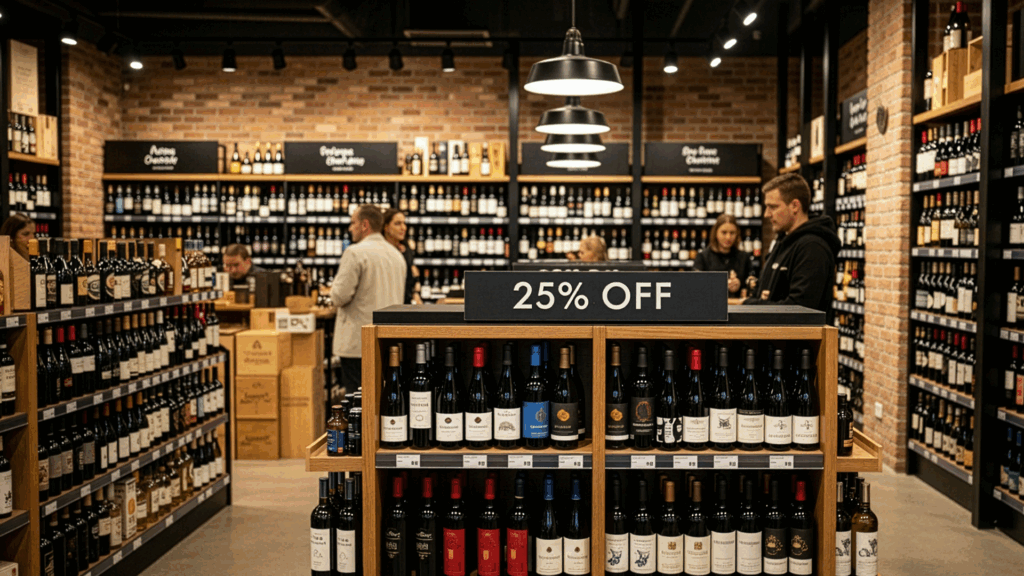You know that feeling when an ad follows you everywhere? You look at a pair of shoes once, and suddenly they’re stalking you across every site for a week. It’s not marketing it’s noise.
Most brands don’t mean to be annoying. They just don’t know where the line is between helpful and intrusive.
At Karektr, we call it the art of useful reminders, reconnecting with people in ways that respect attention, not demand it. Because when you remind thoughtfully, you don’t chase customers. You invite them back.
Why Most Remarketing Misses the Mark
Modern marketing makes it easy to automate everything. A few clicks and you can follow people across platforms, flood inboxes, and “stay top of mind.”
But here’s the truth: being seen isn’t the same as being remembered.
When a customer ignores you, it’s not because they don’t care it’s because your timing, tone or relevance is off.
Useful reminders solve that. They show up when they should, say what matters, and sound like something a human would actually say.
The Mindset Shift: From Pressure to Service
The first rule of useful reminders is this: you’re not chasing conversions, you’re continuing a conversation. Imagine someone walked into your tasting room, browsed your wines, and left. Would you sprint after them shouting “Don’t miss out!”? Probably not.
You’d wait, smile, and maybe send a friendly note later: “We enjoyed having you here’s what’s new this week.”
That’s the tone we’re after. Service, not pressure. Helpfulness, not hustle.
Step 1: Understand Behaviour, Not Just Data
Tracking isn’t about spying it’s about empathy at scale.
When someone reads your blog about sustainable winemaking, they’re telling you what they care about. When they browse your “gift sets” section, they’re hinting at intent. Data gives you clues, not orders. The art is knowing how to interpret them.
For example:
- If a user visits your shop twice in 48 hours, they’re comparing options send a short “Need help choosing?” message.
- If someone opens your newsletter often but never clicks, simplify the design and call to action.
Relevance is the difference between welcomed and ignored.
Step 2: Choose the Right Channels
There are three places where useful reminders perform best:
1. Email
Still the most personal digital touchpoint. Automate simple flows, welcome, thank-you, and follow-ups written in plain, human language, in your voice.
Example:
“Hey there just checking in to see if you had any questions about your last order. We’ve added a few new favourites this week if you’re curious.”
No pressure. Just presence.
2. Search and Social Remarketing
Use short, respectful prompts.
“Thinking about restocking your favourites?” works better than “Buy now before it’s gone.”
3. SMS or WhatsApp (for known customers)
Only use when relevant a short note confirming delivery or sharing something personal (“Harvest update from the team!”) keeps it light and meaningful.
The golden rule: if you wouldn’t send it to a friend, don’t send it to your customer.
Step 3: Timing Is Everything
Useful reminders depend on rhythm.
Too soon feels desperate. Too late feels disconnected.
Here’s a simple timing framework that works for most small brands:
- Abandoned cart: 1–2 hours later → gentle nudge
- Revisit but no purchase: 3–4 days later → share something valuable, like a review or pairing tip
- Repeat buyers: 3–4 weeks later → “We thought you might enjoy…”
- Lapsed customers: 3 months later → warm check-in (“We’ve missed you, here’s what’s new”)
That space allows trust to breathe.
Step 4: Craft Messages That Feel Helpful
Words matter. Tone matters even more.
Let’s compare:
❌ “You left something in your cart!”
✅ “Still thinking about it? Here’s a quick link to pick up where you left off.”
❌ “Last chance to buy!”
✅ “We noticed you loved this, they’re almost all gone. Want us to get one packed for you?”
Small changes transform tone from demand to dialogue.
If you sound like a helpful person, not a pushy salesperson, your customers will welcome the reminder instead of deleting it.
Step 5: Measure What Feels, Not Just What Clicks
Traditional metrics (CTR, CPA, ROAS) still matter but don’t ignore qualitative signals.
Look for:
- Replies to your emails (a good sign of connection)
- Positive comments on remarketing ads
- Increased open rates from personalised flows
The healthiest metric of all? When customers start using your name in their stories.
That’s loyalty in its purest form.
Step 6: Keep It Human and Honest
It’s okay to let people go. Not every reminder should lead to a sale. Some should simply remind people you exist, you care, and you’ll still be here when they’re ready.
Respect for attention builds long-term trust and trust always outlasts urgency.
The Art in Action
For wineries, useful reminders might mean:
- Sending a follow-up email a week after a tasting, thanking visitors and offering early access to a release.
- Retargeting visitors who explored your club page with a calm message about joining the next shipment cycle.
- Sharing social content that helps, not hounds like storage tips, recipes or harvest notes.
For lifestyle brands, it might mean reminding customers to re-order when they’re actually due to run out, not before.
The art is matching the message to the moment.
The Bigger Picture
Useful reminders are more than a marketing tactic, they’re a philosophy.
When you show up with empathy and timing, you create experiences that feel personal in a digital world. And that’s exactly what modern consumers, especially younger ones rave.
AI algorithms, analytics dashboards and automation tools are brilliant. But without human understanding, they’re just noise.
How Karektr Fits In
At Karektr, we help brands design reminder systems that feel natural.
We blend behavioural insight with storytelling so your follow-ups sound like you, kind, timely and genuine.
Because when marketing starts to feel like a conversation, customers stop scrolling past.





